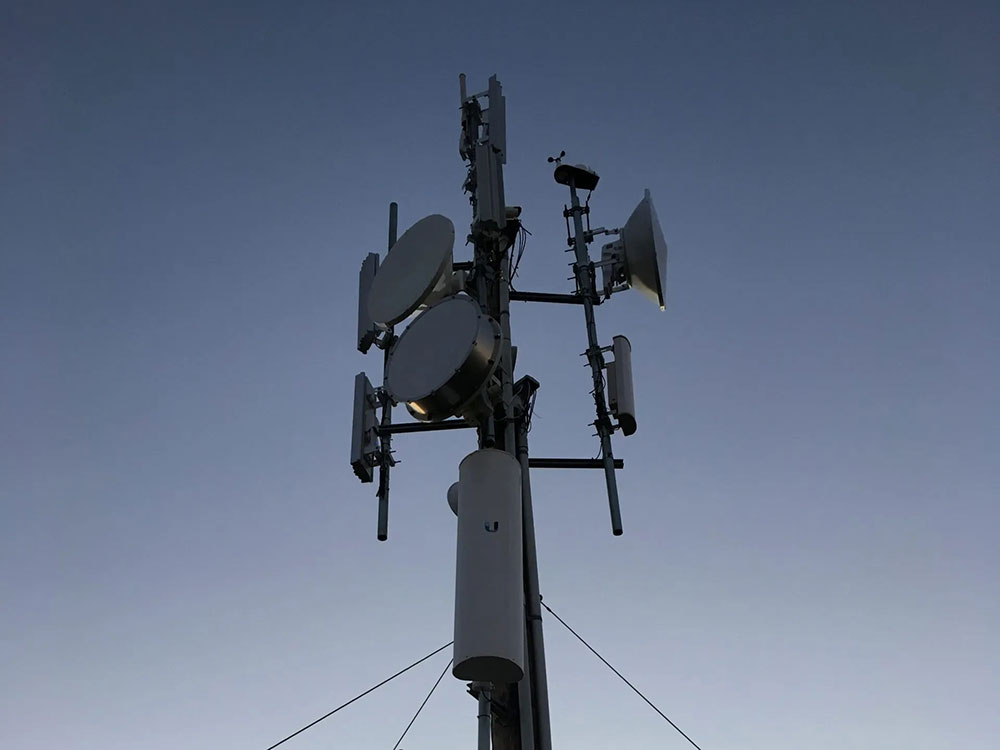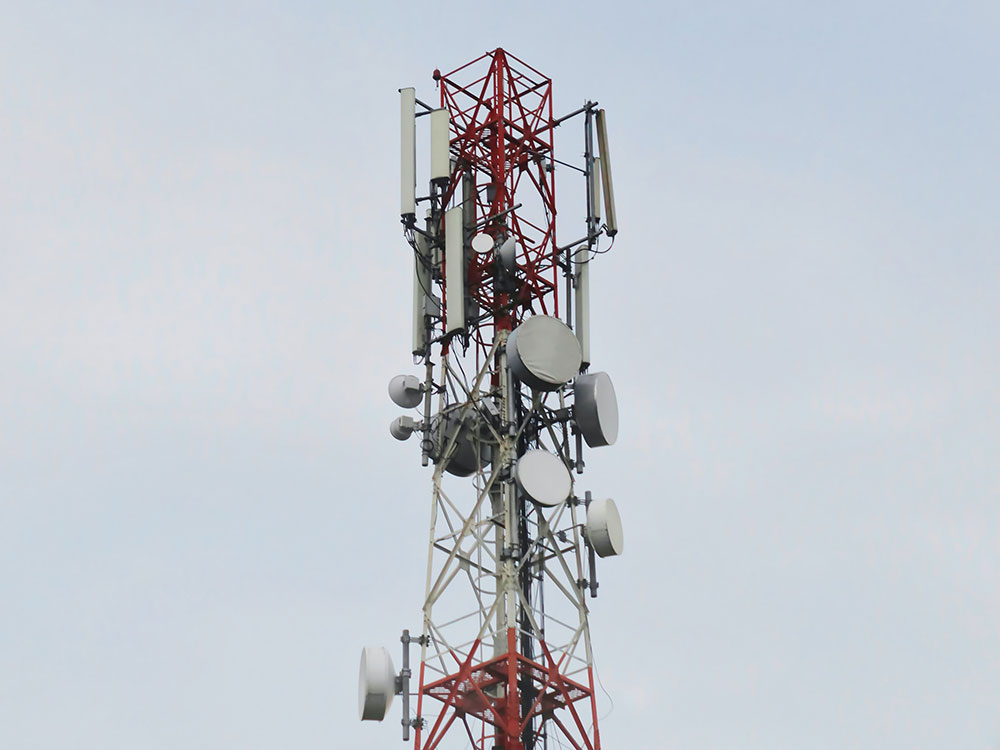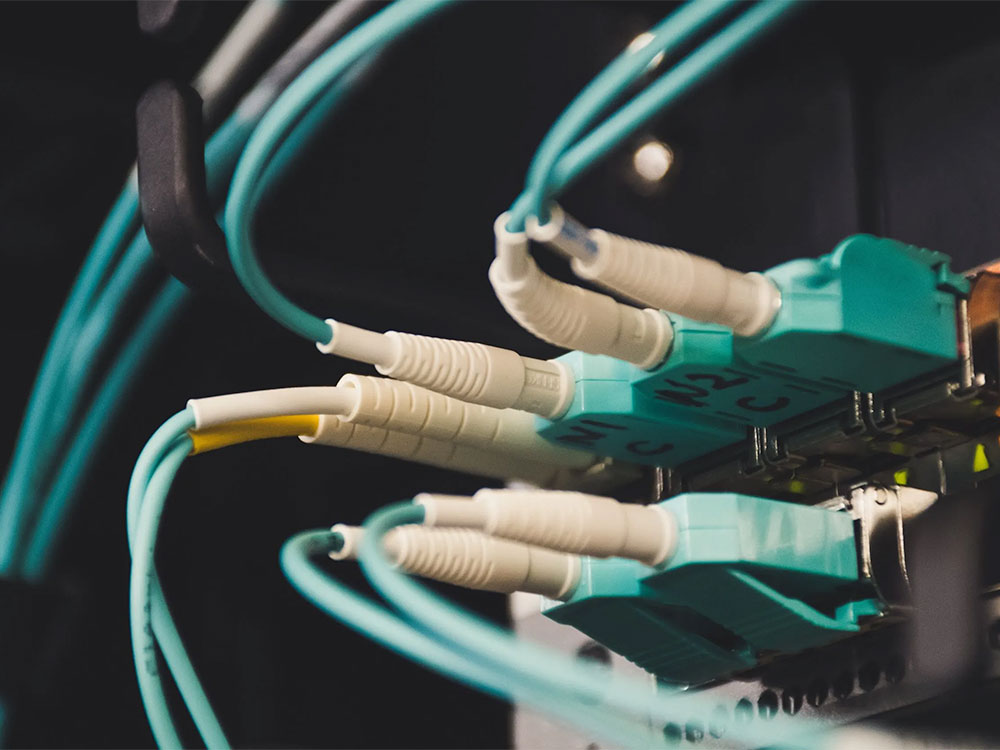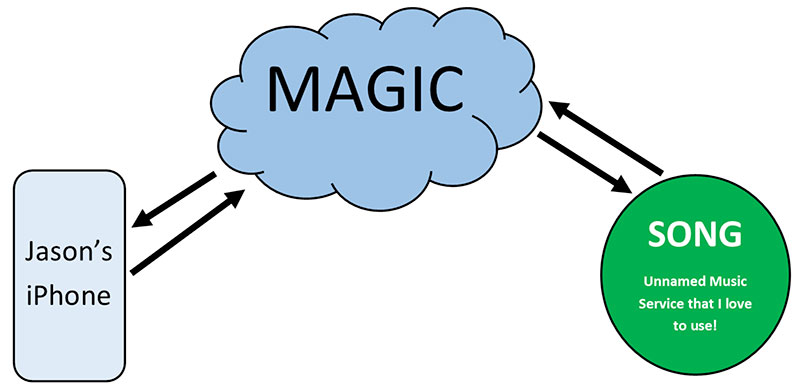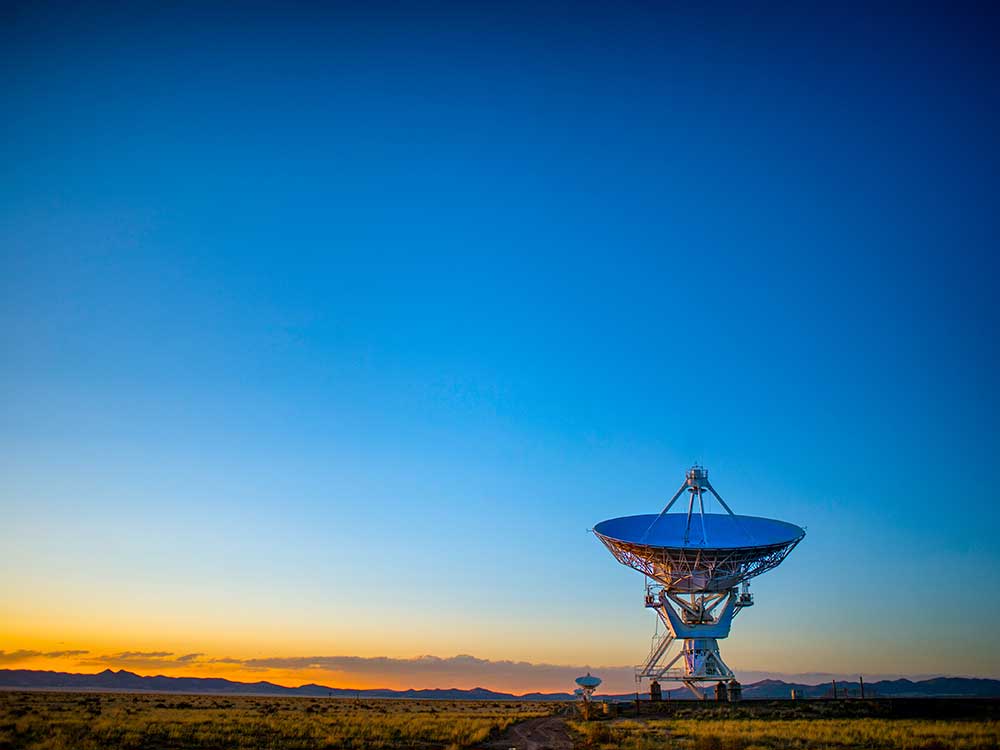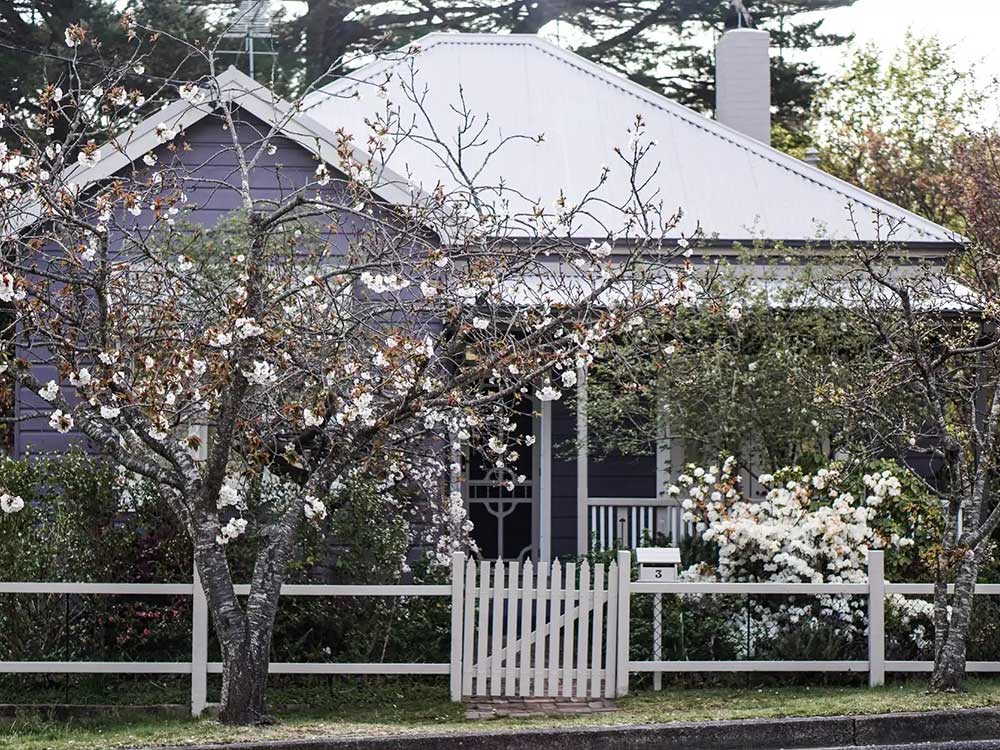
Do you own your home? How much value do you have? There are endless improvements that could help to add value, but what about your internet connection? Studies have shown that a fiber optic internet connection can help to increase the value of your home. Whether you have renters or are the ones residing in your home access to a fiber optic internet connection can help to increase your homes overall value.
So, What is Fiber Optic Internet?
Fiber optics is the technology that is used to transmit information as pulses of light through strands of fiber made of glass or plastic over long distances. Each optical fiber size is the diameter of a strand of human hair and when bundled all together they create a fiber-optic cable that is capable of transmitting more data over longer distances and faster than other mediums.
So, What is Fiber Optic Internet?
In 2015, a Study conducted by the Fiber to the Home Council Americas (FTTH), an advocacy group made up of fiber equipment vendors and broadband providers, show that fiber may increase a home’s value by up to 3.1 percent.
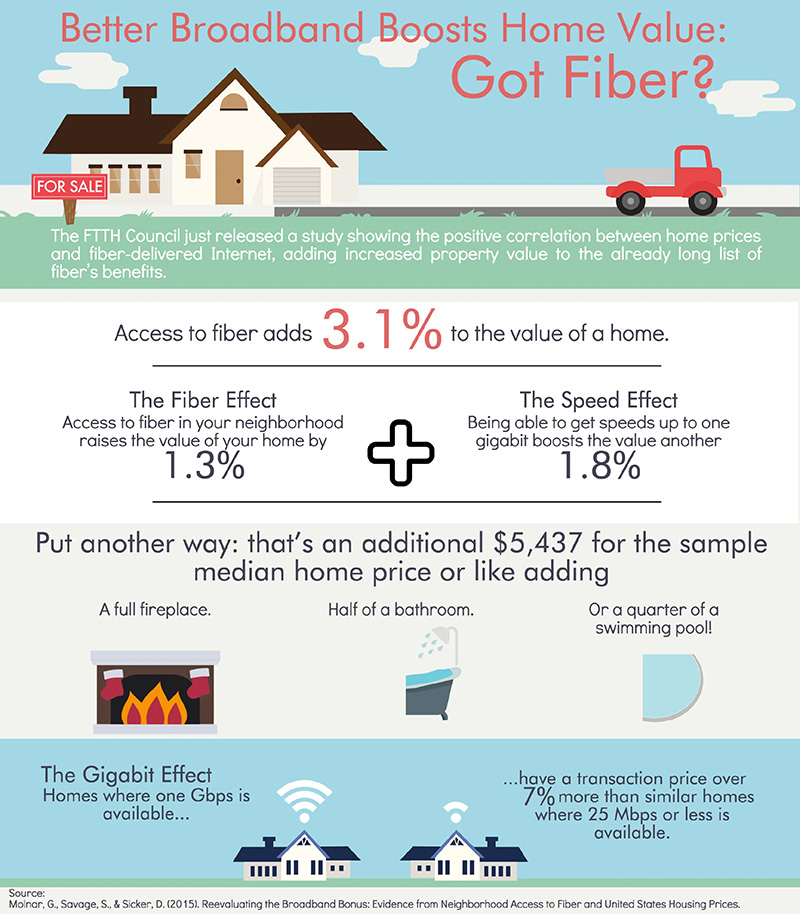
Other Added Benefits to a Home Fiber Connection
Speed, Speed, Speed! There is nothing more annoying than having to wait for a website to load or a show on Netflix. With fiber optics you can get a better connection that improves efficiency and provides faster upload/download speeds.
In addition to higher speeds, fiber optics provides resistance to electromagnetic Interference. Electromagnetic interference can occur when there is any device that emits a signal. In many typical households this could include microwaves, radios, wireless telephones, Bluetooth speakers, etc. While repositioning your route can help to fix these interferences, a fiber connection would mean you do not have to go through that hassle; Because fiber optics are made from glass or plastic, those materials are not affected by electromagnetics. Also, since fiber optic cables do not contain metals, they are often non-conductive in nature and this helps to eliminate any potential spark hazards.
Furthermore, fiber optic connects can help to lower your security risk online. This benefit is due to the way communication/data is transmitted. As the speeds for fiber approach the speed of light, it makes data signals much harder for hackers or malicious individuals to intercept the information being transmitted.



